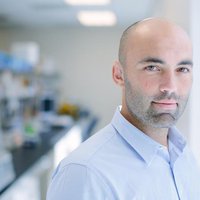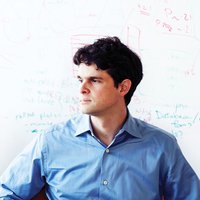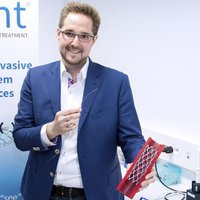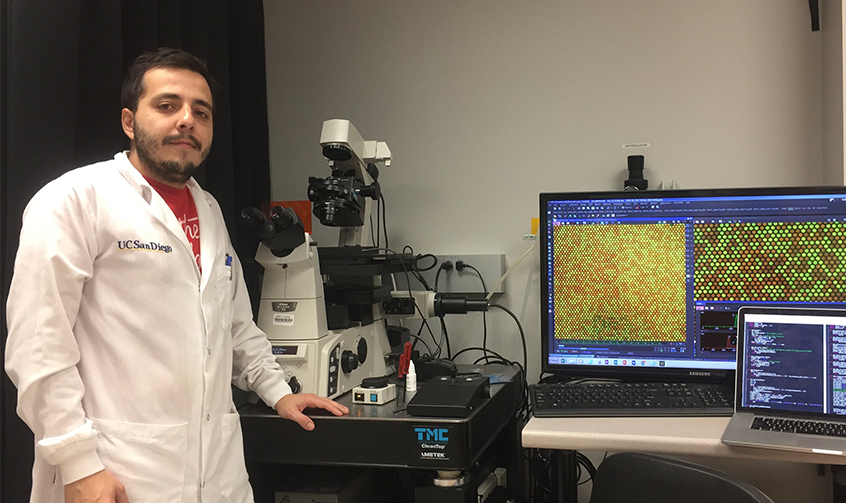"Genomics are positioned to trigger the great medical revolution of the 21st century. In addition to the ability to drive the development of personalized medicine, genetic analysis can also transform the diagnostic field, whose current techniques tend to be costly, slow and relatively imprecise. But this may be set to change thanks to the system developed by Daniel Ortiz, which is capable of analyzing pathogens from a DNA sample and accelerating the results from the current lead time of two days to just four hours. Thanks to this innovation, Ortiz has been named as one of MIT Technology Review, Spanish edition´s Innovators Under 35 Colombia 2016.
The process applies an existing DNA analysis method to a blood sample taken from the patient suffering from an undiagnosed pathogen. First, the pathogen is cultivated and then the process isolates the 16s gene, which is present in all bacteria and allows them to be identified. Once detected, the gene is amplified, heated up and its fluorescence is measured, since all DNA molecules in their natural state generate a fluorescent glow. When heated to between 45 °C y 95 °C, the strands separate and they lose fluorescence in the process, and this loss progressively generates a curve which is distinctive to each bacterium. Ortiz´s system analyzes these curves using proprietary algorithms to identify the pathogen at hand.
This young bioengineer uses a microchip one square centimeter in size with 20,000 containers to house 20,000 molecules. The blood samples are placed in these containers in order to generate each molecule´s curve, which allows healthcare professionals to ""differentiate between different bacteria and detect whether an individual´s body is host to more than one pathogen in order to recommend the most appropriate antibiotic treatment,"" Ortiz explains. A 10 centimeter edge cube is used to heat the sample, and a half meter microscope measures the fluorescence. Ortiz´s current objective is to reduce the size of the microscope to make the system more portable.
The system was developed at the bioengineering department of the University of California – San Diego (USA), where Ortiz is a doctoral student working under Dr. Stephanie Fraley. Together, they have tested pathogen samples and the next step is to work with real, human samples. Ortiz is optimistic and believes that in the near future this idea could form part of clinical practices by replacing ""traditional cultures, which require an almost two day processing period and the participation of a microbiologist [in order to obtain results].""
This young bioengineer´s development could have ""an enormous impact,"" according to the angel investor at Tecnología en Calligram (Spain) and jury member for the Innovators Under 35 Colombia 2016 awards, Paloma Cabello. In her opinion, Ortiz ""seems to have built upon previous studies as a baseline to generate a breakthrough by adding advanced computational and miniaturization capacities."""




